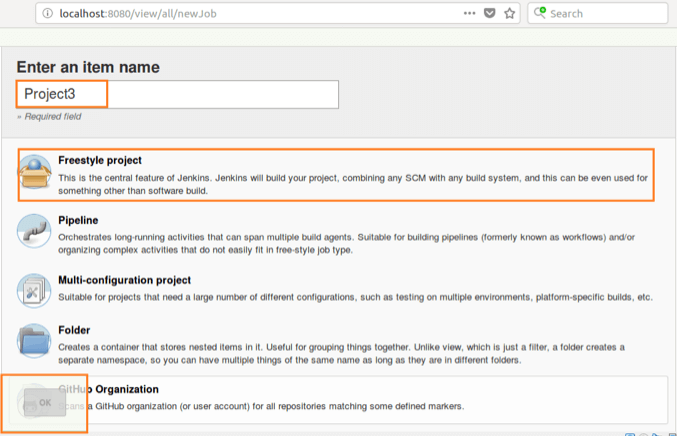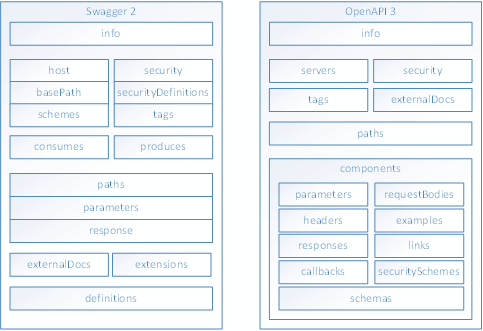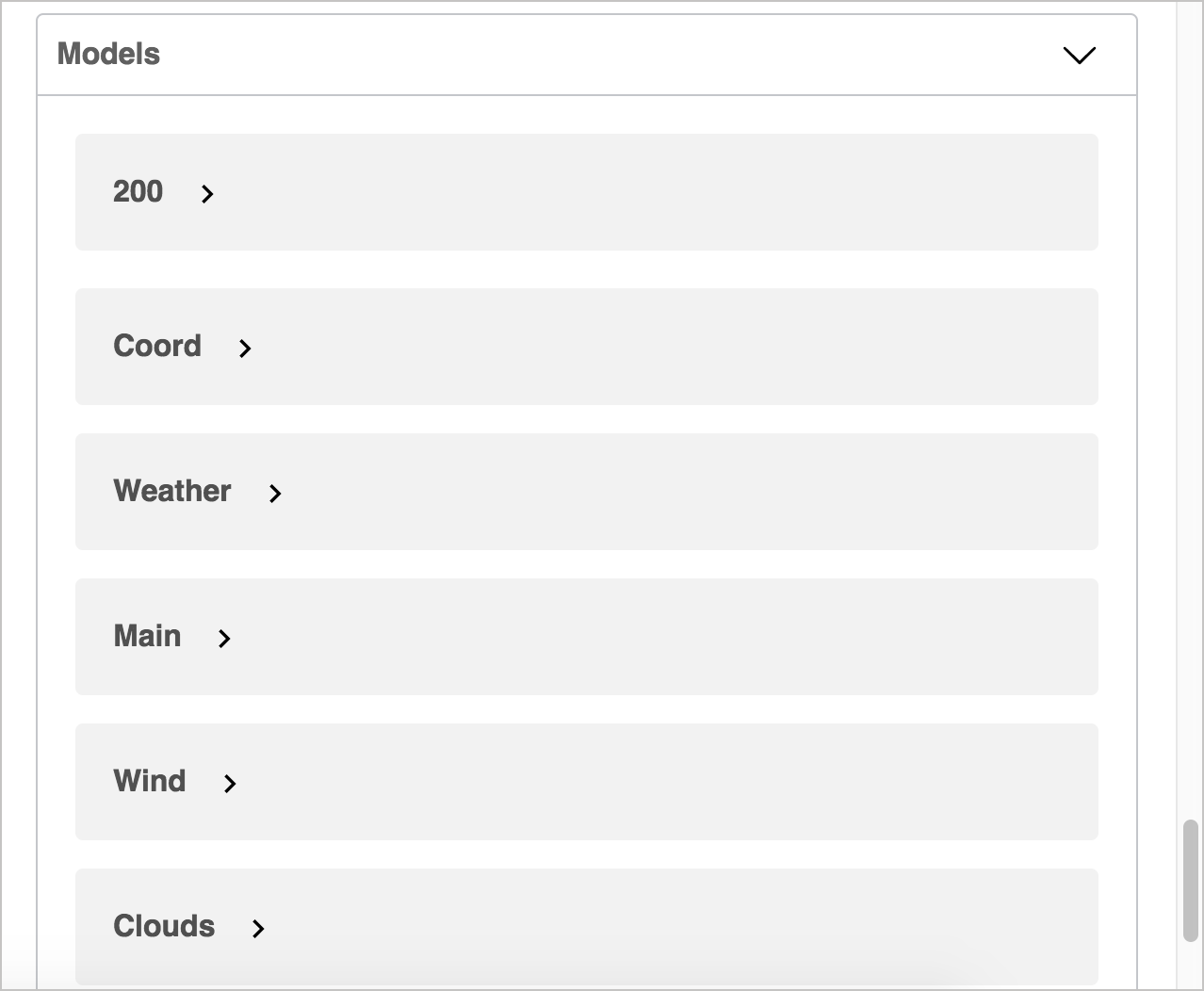


The static yaml file is fetched from Swagger Editor, put it under the resources directory. The example below is using static yaml files to generate documentation. It is a powerful collection of tools that works across an entire stackfrom interactive docume. These types exist in most programming languages, though they may go by different names. Swagger provides swagger-ui and some jars to host a documentation, you can use Java annotations or yaml files to autogenerate the swagger documentation. Swagger is much more than just a way to describe RESTful APIs.
Use tag1, tag2, tag3 for testing.' description: 'For valid response try integer IDs with value < 5 or > 10.description: 'Multiple tags can be provided with comma separated strings. OpenAPI defines the following basic types: string (this includes dates and files) number. For this sample, you can use the api key \'special-key\' to test the authorization filters'. Or you can declare more than one at a time (. The data type of a schema is defined by the type keyword, for example, type: string. The inputs map contains a single key, exampleflag, which itself contains two keys, type and inputBinding, while one of these children, inputBinding, contains a further two key-value pairs (position and prefix). Int object_id = node->declare_parameter("tag_").as_int() ĭouble object_size = node->declare_parameter("tag_").as_double() The YAML above illustrates how you can build up complex nested object descriptions relatively quickly. yaml to the file.You can either declare them one at a time, e.g.: int base_id = node->declare_parameter("tag_").as_int() ĭouble base_size = node->declare_parameter("tag_").as_double() Step 1: Create a file by any name, say config.yaml. That is exactly what YAML helps you with. So what if I told you, you can have a text file, which is human readable, independent of the programming language that you are using, win which you can just fill in the above 4 data according to the computer, and the program will take care of the rest? Swagger UI: It is a tool which is a collection of HTML, Javascript, and CSS assets that allows us to generate the beautiful documentation dynamically.

SWAGGER EDITOR NESTED YAML CODE
Change the code every time you run on different machines ( that isn't a good way at all ) Swagger Editor: It is a tool that allows us to edit the Open API specifications in YAML inside the browser and can also preview the documentation is real time.Take in the inputs through some command-line arguments ( which is difficult for non-programmers to use ).If you were using the usual programming way of doing this, you would either
SWAGGER EDITOR NESTED YAML SOFTWARE
The specific set of software that has to be installed in this particular computer.The path in which the software must be installed in.Let us assume that, these are the computer-specific data that is necessary to run the program on the computer: This program can be used on many computers.

You have a program which installs a set of software onto your computer. However, JSON and YAML have different priorities. Both JSON and YAML aim to be human readable data interchange formats. It helps to save your validated YAML online and Share it on social sites or emails. This functionality also referred to as YAML File validator. Users can also validate YAML Files by uploading the file. Click on the Load URL button, Enter URL and Submit. Swagger Editor lets you edit Swagger API specifications in YAML inside your browser and to preview documentations in. In short, YAML is a human friendly data serialization standard for all programming languages that is a subset of JSON. This tool allows loading the YAML URL to validate. Why do you need a YAML File?Ĭonsider this situation. YAML: (rhymes with camel) YAML Ain’t Markup Language. Just by editing the YAML file, the program will be able to read the values from the YAML File and use it.Įver used JSON files? YAML can be considered a more readable version of JSON files. FastAPI is a modern, fast (high-performance), web framework for building APIs with Python 3. The options that can be used by DATEFORMAT (), as well as its inverse STRTODATE and the FROMUNIXTIME function, are: Short weekday swagger. YAML is a human-friendly way to send data such as configuration data to your program. The Swagger editor is used to edit the API design making use of YAML or JSON structure. What if you had a very easy, simple, readable way to feed data dynamically to your program, regardless of the programming language using which it is written? All of this by just writing a file with no programming knowledge?


 0 kommentar(er)
0 kommentar(er)
